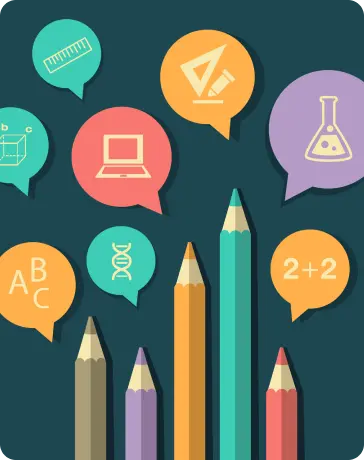Question
Medium
Solving time: 3 mins
State the different modes of transport in blood.
Found 6 tutors discussing this question
Discuss this question LIVE
13 mins ago
 Text solution
Text solution Verified
Verified
Carbon dioxide is carried by the blood in three forms
(i) In Dissolved State Under normal temperature and pressure, about of is carried by physical solution.
(ii) As Carbamino Compounds binds directly with to form an unstable compound carbaminocompounds About is transported in this form. When is high and is low as in the tissues, more binding of carbon-dioxide occurs whereas, when is low and is high as in alveol as tissue dissociation of from carbamino-haemoglobin takes place.
(iii) As Bicarbonate Ions reacts with water to form carbonic acid in the presence of carbonic anhydrase in dissociates into hydrogen and bicarbonate ions .
The whole reaction proceeds as follows
The carbonic anhydrase reaction mainly occur in RBC as it contain high concentration of enzyme carbonic anhydrase and minute quantity of it is present in plasma too.
(i) In Dissolved State Under normal temperature and pressure, about of is carried by physical solution.
(ii) As Carbamino Compounds binds directly with to form an unstable compound carbaminocompounds About is transported in this form. When is high and is low as in the tissues, more binding of carbon-dioxide occurs whereas, when is low and is high as in alveol as tissue dissociation of from carbamino-haemoglobin takes place.
(iii) As Bicarbonate Ions reacts with water to form carbonic acid in the presence of carbonic anhydrase in dissociates into hydrogen and bicarbonate ions .
The whole reaction proceeds as follows
The carbonic anhydrase reaction mainly occur in RBC as it contain high concentration of enzyme carbonic anhydrase and minute quantity of it is present in plasma too.
Was this solution helpful?
118
Share
Report

One destination to cover all your homework and assignment needs
Learn Practice Revision Succeed

Instant 1:1 help, 24x7
60, 000+ Expert tutors

Textbook solutions
Big idea maths, McGraw-Hill Education etc

Essay review
Get expert feedback on your essay

Schedule classes
High dosage tutoring from Dedicated 3 experts
Practice more questions from Biology Exemplar (NCERT Exemplar)
Q1
Name the important parts involved in creating a pressure gradient between lungs and the atmosphere during normal respiration.
Q2
State the different modes of transport in blood.
Q3
For completion of respiration process, write the given steps in sequential manner.
a. Diffusion of gases and across the alveolar membrane.
b. Transport of gases by blood.
c. Utilisation of by the cells for catabolic reactions and resultant release of .
d. Pulmonary ventilation by which atmospheric air is drawn in and rich alveolar air is released out.
e. Diffusion of and between blood and tissues.
View alla. Diffusion of gases and across the alveolar membrane.
b. Transport of gases by blood.
c. Utilisation of by the cells for catabolic reactions and resultant release of .
d. Pulmonary ventilation by which atmospheric air is drawn in and rich alveolar air is released out.
e. Diffusion of and between blood and tissues.
Practice questions from Biology Exemplar (NCERT Exemplar)
Question 2
Easy
Views: 6,090
(a) Tidal volume
(b) Residual volume
(c) Asthma
Practice more questions from Breathing and Exchange of Gases
Question 2
Easy
Views: 5,081
A. Tidal volume I. 2500 to 3000 ml
B. Inspiratory II. 1000 ml of air reserve volume
C. Expiratory reserve III. 500 ml of air
D. Residual volume IV. 3400 to 4800 ml of air
E. Vital capacity V. 1200 ml of air
Practice questions on similar concepts asked by Filo students
Question 1
Views: 5,203
Question 2
Views: 5,696
Question 3
Views: 5,339
Question 4
Views: 5,612


Stuck on the question or explanation?
Connect with our Biology tutors online and get step by step solution of this question.
231 students are taking LIVE classes
| Question Text | State the different modes of transport in blood. |
| Topic | Breathing and Exchange of Gases |
| Subject | Biology |
| Class | Class 11 |
| Answer Type | Text solution:1 |
| Upvotes | 118 |




